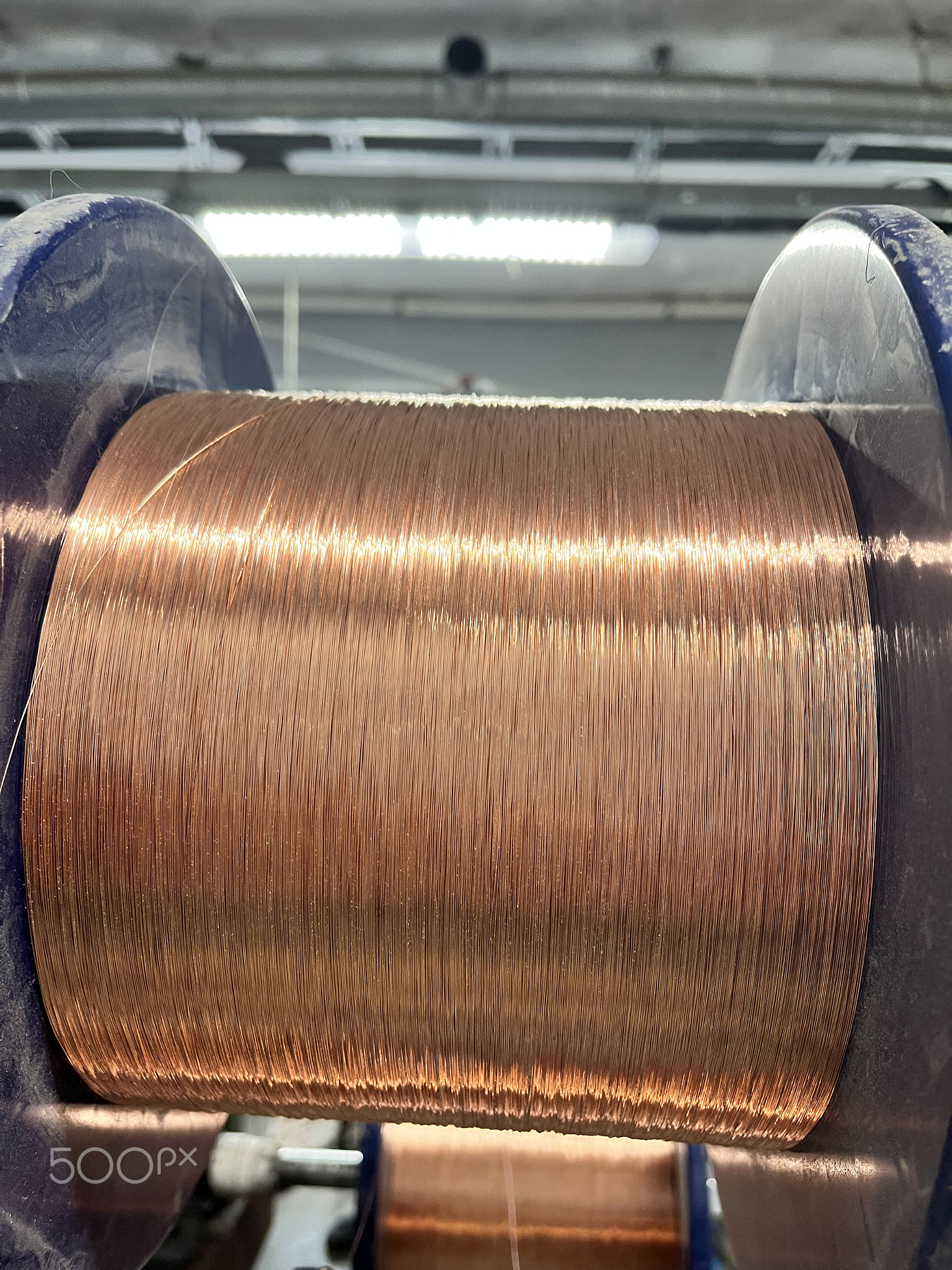
 The usage of copper core cables for energy supply underground has the characteristics of low accident charge, corrosion resistance, high reliability, aluminum core power cable and convenient building and upkeep. At excessive frequencies above one hundred MHz, they act like resistors as its magnetic materials is intentionally designed to supply core loss. In a private design of mine, I discovered a ferrite bead supplies 20 dB attenuation above 50 MHz, but was completely ineffective at stopping the 1 MHz switching spike and its harmonics below 50 MHz, whereas an inductor offered over 40 dB attenuation from 1 MHz to 300 MHz. A higher variety of turns additionally means higher parasitic capacitance, making the inductor unable to filter anymore at some point above a hundred MHz. Because an inductor has many turns in the winding, they generate extra DC power loss than ferrite bead – which solely has just a few turns. Low energy consumption means that even a small bulk capacitor is adequate as a reservoir capacitor.
The usage of copper core cables for energy supply underground has the characteristics of low accident charge, corrosion resistance, high reliability, aluminum core power cable and convenient building and upkeep. At excessive frequencies above one hundred MHz, they act like resistors as its magnetic materials is intentionally designed to supply core loss. In a private design of mine, I discovered a ferrite bead supplies 20 dB attenuation above 50 MHz, but was completely ineffective at stopping the 1 MHz switching spike and its harmonics below 50 MHz, whereas an inductor offered over 40 dB attenuation from 1 MHz to 300 MHz. A higher variety of turns additionally means higher parasitic capacitance, making the inductor unable to filter anymore at some point above a hundred MHz. Because an inductor has many turns in the winding, they generate extra DC power loss than ferrite bead – which solely has just a few turns. Low energy consumption means that even a small bulk capacitor is adequate as a reservoir capacitor.
Why does C3, the bulk capacitance, have to be a polarized capacitor? Or is there some deeper purpose why the bulk capacitance needs to be a polarized cap? Why is C1 related to the left of the ferrite, while C2 (decoupling) and C3 (bulk) are related to the fitting of the ferrite? First, “use electrolytic capacitors as bulk capacitors, use ceramic capacitors as excessive-frequency capacitor” is just an outdated habit for many individuals. This circuit known as a “pi filter”, named because it has a similar shape to the Greek letter π – one sequence inductor in the course of two shunt capacitors. Because of excessive ESR of small aluminum electrolytic capacitors (it needs to be high, however not too high, definitely not much higher than 1 Ω), this trick solely has very restricted impact and may even backfire. It’s strange at first however newcomers simply get used to it after a while, and even begin utilizing it in their own schematics. Meanwhile, a ferrite bead operates primarily via core loss, theoretically they can be efficient even at 1 GHz (however only with perfect format and shielding, don’t expect to see it in a real circuit).
If it is vital, analyze it on a case-by-case basis and test your filters and circuit boards with an impedance analyzer. Ferrite bead is often rated using its impedance in ohms at a hundred MHz. The same old observe is using a generic (not low-ESR) wet-electrolyte aluminum electrolytic capacitor. Because of the low electrical resistivity of copper, it is obvious that copper cables have low power loss in comparison with aluminum cables. Alukaflex® is an innovative aluminium energy cable. DanCables’ aluminium cable product range contains a number of variants. Then again, inductors do have an actual advantage over ferrite beads: they provide filtering from 1 MHz to 50 MHz, this vary is the blind spot of ferrite beads, as they solely begin becoming lossy around 100 MHz. But there ferrites have a very low current ranking, and they are not helpful for powerline filtering. In case you have a selection, place the input filter as near the connector as attainable, don’t place the filter near the load. Black as midnight Alukaflex and CEE connector sets for stage utility. Alukaflex aluminum cable is accessible in multicore format for industrial use, with a halogen-free PUR outer sheath. Alukaflex aluminum cable is available as multicore leads with a versatile rubber sheath.
As well as, customers can purchase our 4-core or 5-core aluminum energy cable sets with CEE plugs pre-terminated, prepared to use. The middle strand is of steel for the energy required to assist the burden without stretching the aluminum as a result of its ductility. The real drawback is high-frequency noise (i.e. EMI) from 1 MHz to 1 GHz as a result of rapid switching of digital logic and DC/DC energy converters. Below 1 MHz, any 5 V to 3.Three V linear regulator can present a Power Supply Rejection Ratio around 20 dB to 60 dB, switched-mode DC/DC buck converters usually are not as good but they’re still regulated in the same method. So, this design would nonetheless permit low-frequency A/C noise to go by means of, correct? It stops the chip from receiving the excessive-frequency current it wants – in some outdated designs, a gradual chip should still work. The inductance value is often not apparent within the datasheet, but it may be calculated from the impedance chart, alternatively, I just downloaded the SPICE mannequin (S-parameters also work) of the ferrite bead for a quick simulation. Inductors may not work at 1 GHz like ferrite beads, but they will undoubtedly work with cautious part choice (choose a great low capacitance, high SRF half) and layout.
